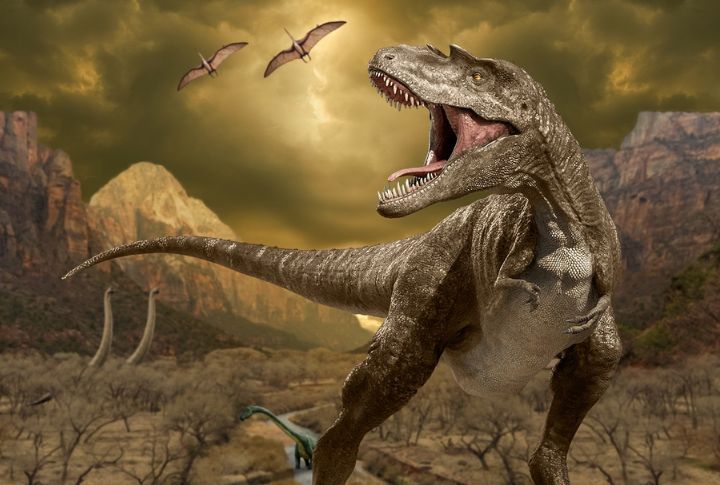
Across Mongolia’s vast Gobi Desert, where sandstorms sweep across empty plains, scientists have uncovered fossils that reshape history. One of the most intriguing belonged to a dome-skulled dinosaur, a creature that offered clues about adaptation and survival. Known as Zavacephale rinpoche, it carried surprising scientific weight. Here are 10 facts that capture the significance of this remarkable desert discovery.
Mongolia’s Paleontology History
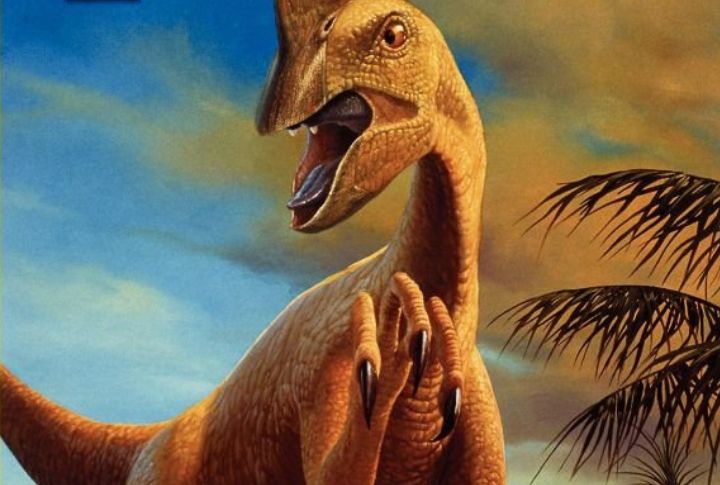
The Gobi Desert has produced repeated groundbreaking discoveries, establishing Mongolia as a center of paleontological research. The desert has also earned the nickname, “dinosaur graveyard.” Each specimen uncovered here adds new depth to our understanding of dinosaur evolution across millennia.
The Oldest Dome-Headed Dinosaur
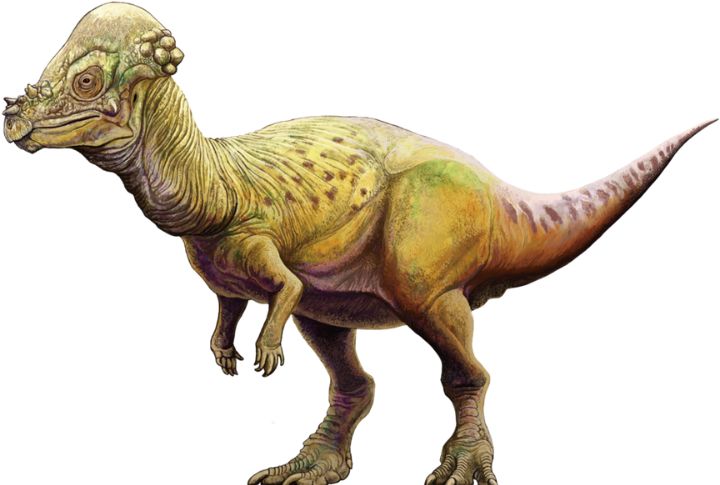
On September 17, 2025, scientists discovered a new species of pachycephalosaur in the Gobi Desert. It’s been buried for 110 million years and is now the oldest dome-headed dinosaur known to science. They call it Zavacephale rinpoche. Its discovery bridges an enormous gap in understanding this elusive branch of prehistoric life.
About The Pachycephalosaur
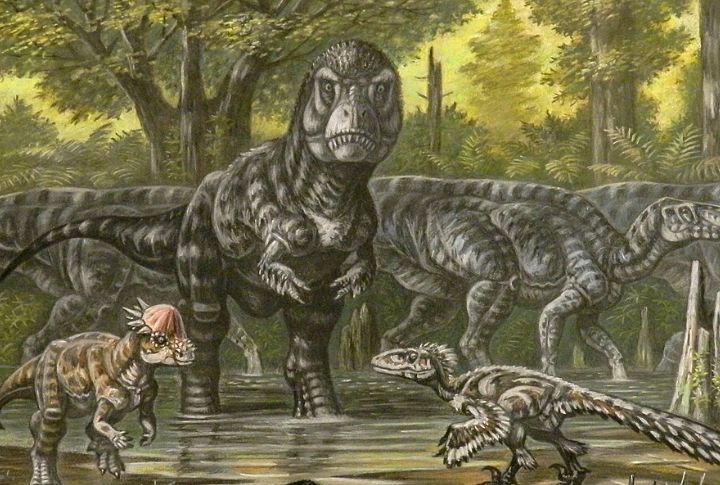
Zavacephale rinpoche, the plant-eating pachycephalosaur, lived about 108 million years ago in the Gobi Desert, which at the time was a valley with lakes and surrounding cliffs. Adults could grow up to 14 feet long and weigh nearly 900 pounds.
Location That Preserved This Fossil
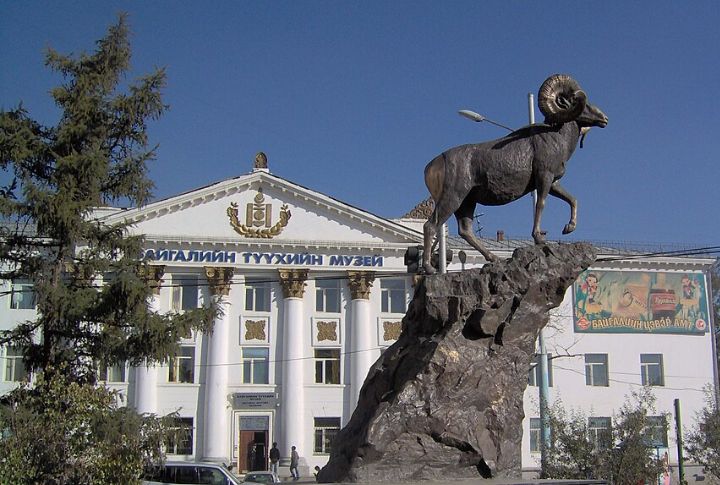
This dinosaur’s skull remained astonishingly well preserved, a rare circumstance in paleontology. Its condition owes much to the unique geology. Encased within Early Cretaceous cliffs, the domed fossil was shielded, resting safely within dramatic desert escarpments like a polished jewel.
Scientists Behind The Research
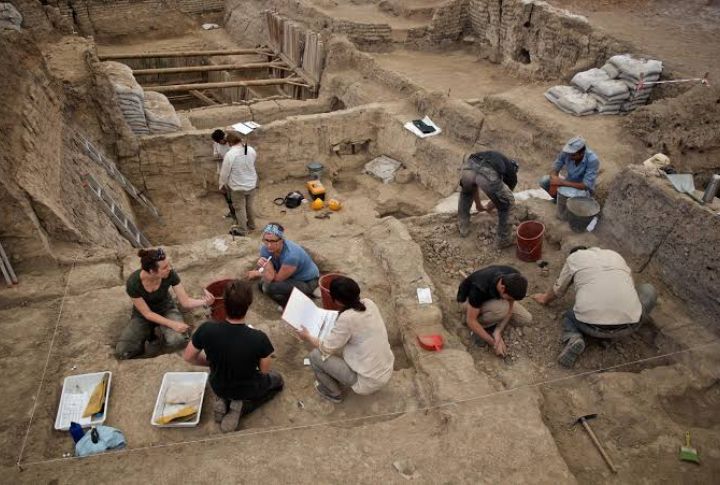
The unearthing of this fossil was not the work of one nation alone. Scientists from Mongolia, the United States, and South Africa combined their expertise to bring it to light. Today, visitors can appreciate a detailed replica of the specimen in Japan’s Fukui Prefectural Dinosaur Museum as evidence of shared achievement.
Harsh Conditions Faced During The Excavation
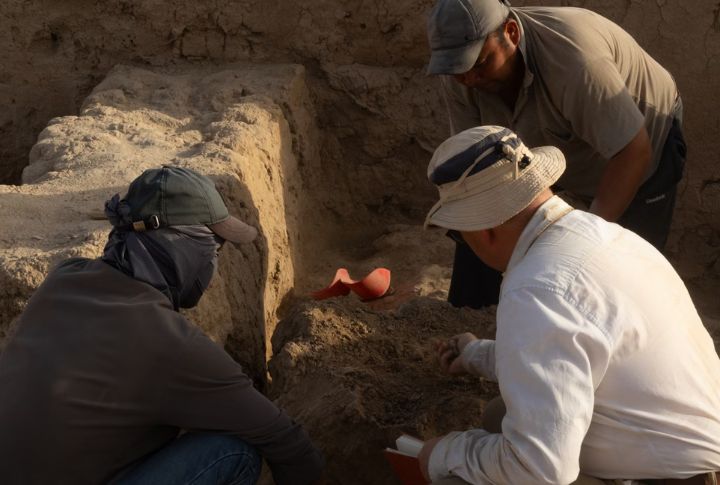
Strong winds and searing heat made the Gobi Desert a formidable opponent for paleontologists. But perseverance defined the international crew. Through collaboration and grit, they overcame the desert’s obstacles and achieved one of the expedition’s greatest rewards: a nearly complete dinosaur fossil.
Special Trait Of This Species
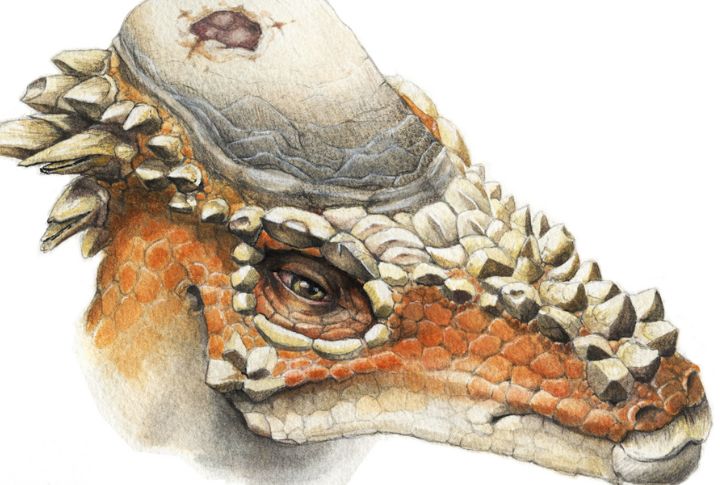
One standout detail of this dinosaur is the dome-shaped skull, a hallmark of pachycephalosaurs. Those creatures developed extraordinarily thick cranial bones, which researchers interpret as both tools for head clashes and striking displays in social settings. You can almost picture the impact this skull would’ve had in prehistoric life.
Importance Of The Discovery
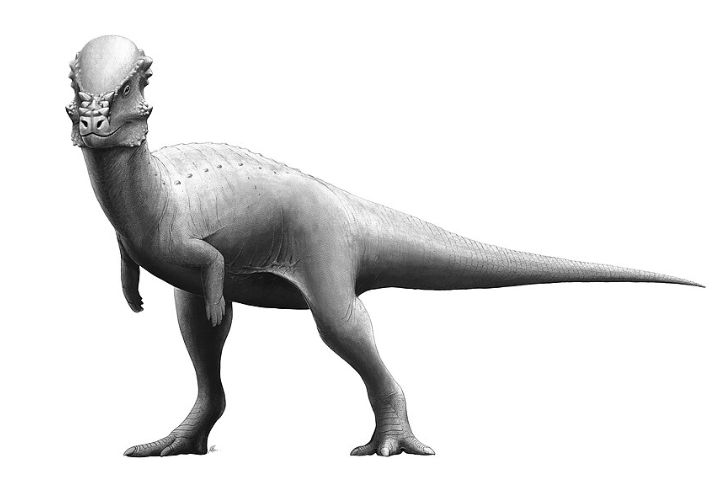
Zavacephale rinpoche pushed pachycephalosaur history deeper into the Early Cretaceous. Before its discovery, most dome-headed dinosaurs were only known from much later in the Cretaceous. The fossil provided the first clear evidence that the group’s evolutionary roots stretched far earlier than previously thought.
Growth Clues In The Bones
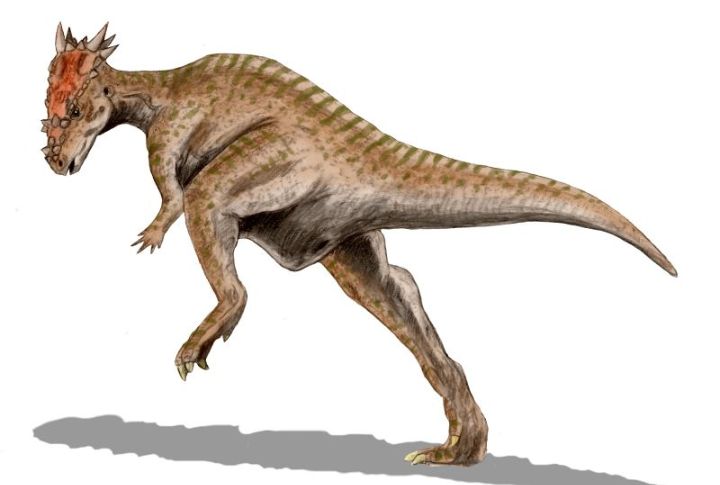
Examination of Zavacephale rinpoche revealed that many of its bones had not yet fused, showing it was still growing when it died. Its skull, however, was already well developed. This indicates the dome formed earlier and more rapidly than the rest of the skeleton.
The Result Of The Research
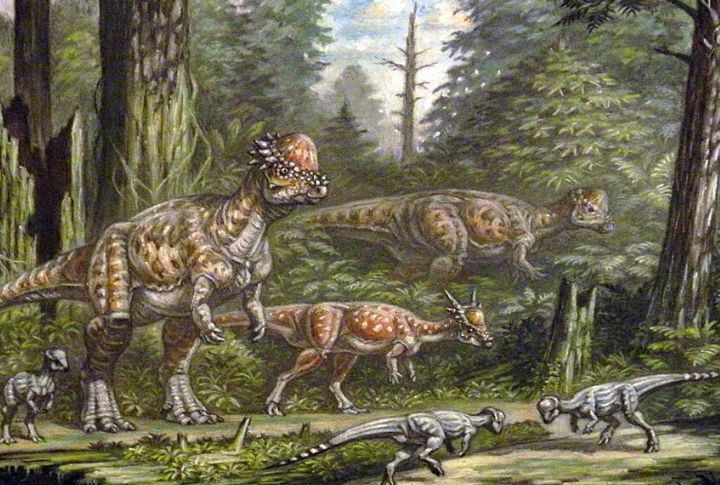
Despite the clarity of its skeletal features, the discovery leaves open fundamental questions. Researchers remain unsure how these rare dinosaurs structured their lives, interacted within groups, or even moved through their habitats. The fossil highlights just how incomplete our picture of pachycephalosaurs still is.

